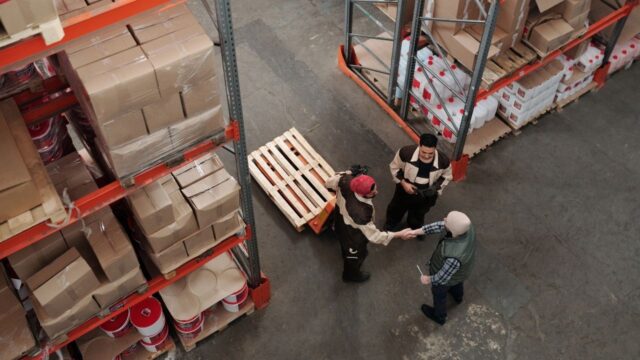
Building a distribution network for your e-commerce business can be costly, but it is a necessary evil. This article focuses on the costs of building a distribution network, its methods and maintenance. You can follow these steps to build your own distribution network and start selling your products and services to the world! But before you get started, read on for some helpful tips! Here are some things to consider before building a distribution network for your e-commerce business:
Costs of setting up a distribution network
When building a distribution network, transportation costs are one of the most important factors. You will need to determine what kind of transportation is most appropriate based on the frequency of orders and where you want to ship the products. Another important cost driver is warehousing. It is critical that warehouses are located in strategic locations, are the appropriate size and are accessible to customers. In addition, warehouse costs must be at an optimal level. Other important factors include the location of suppliers and factories, and service levels.
Distribution network modeling is a way to analyze the current distribution network and explore the benefits and drawbacks of alternative configurations. The modeling helps you find the most cost-effective solution by balancing desired service level with optimal cost. In addition, it helps you find the best location for distribution centers and functions, as well as the cost of running alternate network configurations. However, distribution network modeling can be expensive, so you need to know how much you can spend and how it will impact your bottom line.
Methods of setting up a distribution network
The most basic principles of a distribution network are optimal values, responsiveness to changes in the market, and a capable fleet of vehicles. While these fundamentals are always important, there are additional factors to consider as well. Without an effective distribution network, a business will likely struggle to reach its full potential. As such, the following are tips for creating a strong distribution network. Read on to learn more about the three key elements of an effective distribution network.
First, consider the type of distribution you want to establish. There are two main types of distribution: direct and indirect. Direct channels involve the producer selling directly to the end consumer, while indirect channels include wholesaler, retailer, and distributor. A smartphone, for example, may go through three entities before reaching the end consumer: the manufacturer, wholesaler, and retailer. The third type, intensive distribution, involves numerous sales outlets and the manufacturer keeping some rights for reselling.
Costs of maintaining a distribution network
Several factors determine the cost of maintaining a distribution network, including fixed investment in equipment, people, and research expenses. These factors should be carefully considered before investing in a distribution system, since some developments may result in high initial costs but low maintenance costs later on. Listed below are the various cost drivers that should be monitored and budgeted. Read on to learn about the various types of distribution networks and their costs.
Excessive labour costs are an additional issue. Excessive safety stock costs can accumulate across a distribution network, and companies that carry excessive inventories often find that their service levels are deteriorating. Regardless of the reason for overstocking, companies should periodically review their distribution network to determine how to balance costs and improve the effectiveness of the network. Managing excess inventory is a significant source of extra cost for a business.
Costs of building an e-commerce distribution network
The e-commerce distribution network is a key element to the success of your online business. Developing an effective distribution network is important to the success of your e-business, because it can help lower your sales prices and attract more customers. This type of network is comprised of a combination of offline and online features, such as comprehensive product descriptions, high-quality customer service, and appropriate product information.
While the initial investment in a traditional warehouse supporting a physical store can be low, operating costs can be significant. The cost of hiring and maintaining staff is much higher than that of building an e-commerce distribution network. Another factor to consider is the location of the distribution center. While a traditional warehouse supporting brick-and-mortar stores can be highly cost-effective, a new one could require three times the amount of capital and three times the number of employees. In addition, proximity to key customers is vital. The global spread of technology has opened new markets in developed and developing countries, such as China.


































